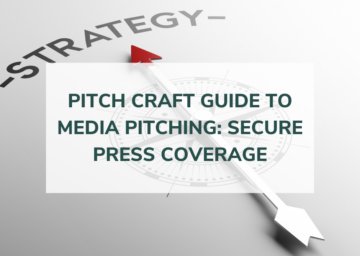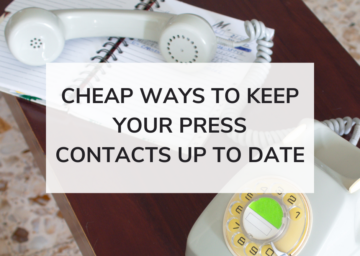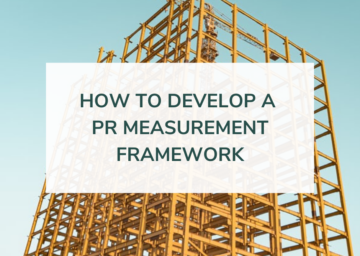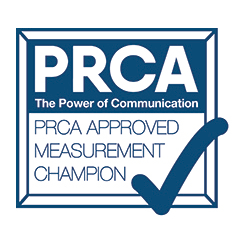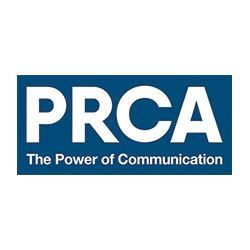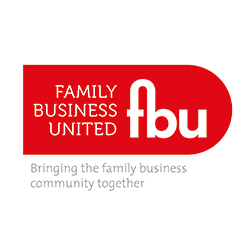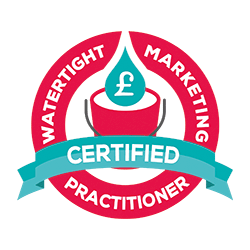An Inside Look at a Pitch Craft for Press Coverage Event
8th July 2021 / All, Blog, How To

The value of an excellent pitch
As Nellie PR’s director Ellen Carroll points out, the true value of a well-crafted pitch isn’t just securing great press coverage – although, of course, that’s the goal. It’s also about earning credibility, for yourself, and for the company you’re representing. Having the relevance of your story recognised by a third party is a huge leg-up, and helps build you that well-earned reputation.
Of course, it’s not always as easy as that. Getting your story published can be a tricky process, and pitching to journalists takes time. To make the most of every opportunity, you’ve really got to be paying attention to those pitches, making sure each and every one is as effective as it can possibly be.
With that in mind, we’d like to introduce you to our Pitch Craft for Press Coverage training – the training that’s full of media pitching tips, advice, one-to-one guidance, and much more. Here’s what you need to know…
Pitch Craft for Press Coverage
Nellie PR has been running Pitch Craft for Press Coverage courses for more than two years now, led by our own director, Ellen Carroll. Ellen has over twenty years of experience pitching client news stories and building journalistic relationships that last, and with the recent changes to the working lives of journalists, it’s more important than ever that we take heed of these skills.
The Pitch Craft for Press Coverage training workshops seek to provide media pitching tips and advice to PR practitioners and people in business, from those looking to brush up their skills, to total newbies just starting out. The course helps build confidence and offers an open platform to voice all pitching queries or concerns.
As of this week, Pitch Craft for Press Coverage has also helped to raise over £1000 for the HOMELESS IN TEIGNBRIDGE SUPPORT (H.I.T.S.) foodbank. Thanks to the generosity of the people who have attended the special donation-only webinar events.
What’s it like to attend a Pitch Craft for Press Coverage Event?
As Nellie PR’s intern, I was invited to come along (online) to the latest event to take part, get some insights, and of course, learn some new skills. It was enlightening to see the complicated process of pitching laid out in such an uncomplicated way, and Ellen’s experience really shone through.
For the sake of others who may be wondering about the specifics of crafting an effective pitch, or perhaps (like me) you’re unsure where to even begin, I thought I’d share some of my findings from the Pitch Craft for Press Coverage event.
8 Effective Media Pitching Tips:
- Remember your audience. No, not the person reading your pitch – your actual audience, as in the readers of the publication you’re pitching to. Take the time to match up your story to the right readership, research the publication, and be sure that you’re sending your pitch to a journalist who writes about the topic you’re covering.
- Don’t overlook opportunities. Credibility is built up over time, so don’t shy away from those smaller or local publications, particularly if you’re just starting out. Previous coverage looks great to journalists, so get your name out there wherever and whenever you can.
- Personalise your pitches. Just like the rest of us, journalists like to know that you care about their work. If you’re pitching to them because you’ve seen their recent coverage of a story, tell them. It will prove to them that you’ve done your research and that your pitch is relevant to them – meaning they’re more likely to pay attention to it. Remember though, they don’t want to be pitched about something they have already covered – so always offer a new angle or story.
- Tell the story. When pitching, remember to get the basics down. Don’t forget to tell the story, and if you get stuck, remember the 5 w’s: who, what, when, where, and why?
- Nail your hook. A gripping hook (or ‘peg’) is what captures the attention of journalists. It’s the thing that makes your story unique, relevant, and topical, such as interesting and independent research, a reaction to recent news, follow-up, or the promise of a case study. If you’re struggling to find ideas, tune into the media (be it radio, newspapers, or social media news channels), which are always chock-full of current news stories that you can put your own spin on.
- Research. This is a word which keeps coming up, but seriously, research. A simple google search should tell you how journalists like to be approached as well as what they don’t like.
- Use Twitter. Twitter is the home of all media personnel. It’s where you’ll be about to find them, follow them, engage with their content, and if you’re lucky, get your name noticed by them. If you don’t use Twitter, start today.
- Include a call to action! Try to end your pitch with a call to action. An active tone will get those journalists engaged and involved in the story, and most importantly, it will encourage them to take the next step to securing you coverage.
During the event, Ellen covered all these media pitching tips and more. Really – this is just the tip of the iceberg when it comes to crafting the perfect pitch. Other subjects we covered included: how to structure your pitch, mistakes to avoid, how to write a great subject line, and ways to search for opportunities.
If you want to learn more and fancy honing your pitching skills, take a look at the Pitch Craft for Press Coverage course here – Media Pitching Training – Nellie PR.
A final reminder for Pitch Craft:
Remember, journalists, freelancers, bloggers, and the like need you as much as you need them. They need stories, they need ideas and content. If you’ve got a great story and something to say, want to say it and would benefit from some amazing press coverage (what business wouldn’t), be confident in your Pitch Craft for Press Coverage skills and go for it.




